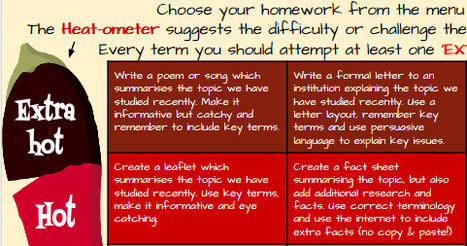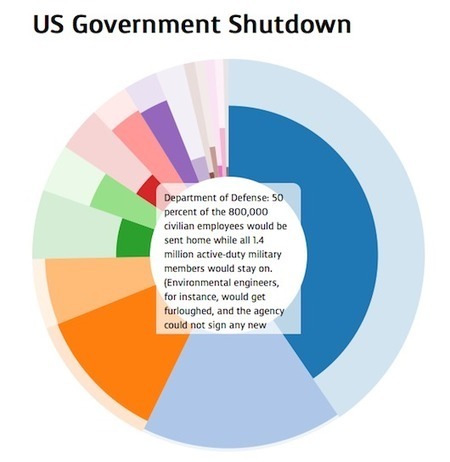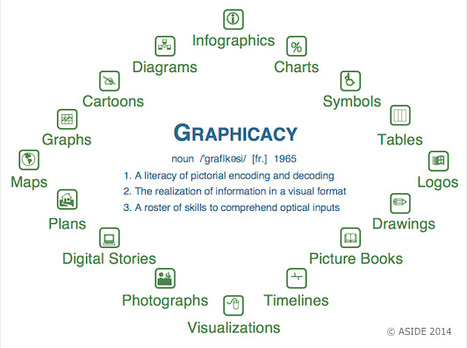Get Started for FREE
Sign up with Facebook Sign up with X
I don't have a Facebook or a X account
 Your new post is loading... Your new post is loading...
 Your new post is loading... Your new post is loading...

Nat Sones's curator insight,
October 2, 2013 8:13 AM
Shutdown is the ultimate failure of government. This seems not to have passed unnoticed exactly, but being missed as it gets covered in all sorts of other statements, facts, data and reactions. By shutting down, by neglecting their duty (not to mention wasting vast, unbelievable amounts of resource doing so), the US government has betrayed its people, and allowed political brinkmanship and the primitive desire to 'win the argument' to undermine the whole point of it.
If, that is, you believe that the point of government is to protect people, nurture civilisation and direct growth. If you believe that the point of government and the purpose behind politics is to further the careers and feed the egos of politicians, however, it's fine!
This material shows in crystal clarity how the shutdown is affecting US society and people. A good clear way of seeing the shocking neglect of duty that this represents - by all sides. Reaching consensus is the duty of politicians; not fighting to the death. Because the politicians never have to actually pay any price - others do that for them.
|
|












Here is a great idea to provide differentiation in homework. The Heat-ometer provides four levels, from mild (not shown in the image above) to medium (also not shown) to hot and extra hot. each level is more complex than the previous level, and 3 options are provided for each level.
The designer of this image also provides links to the original design, which is located at Take Away Homework.